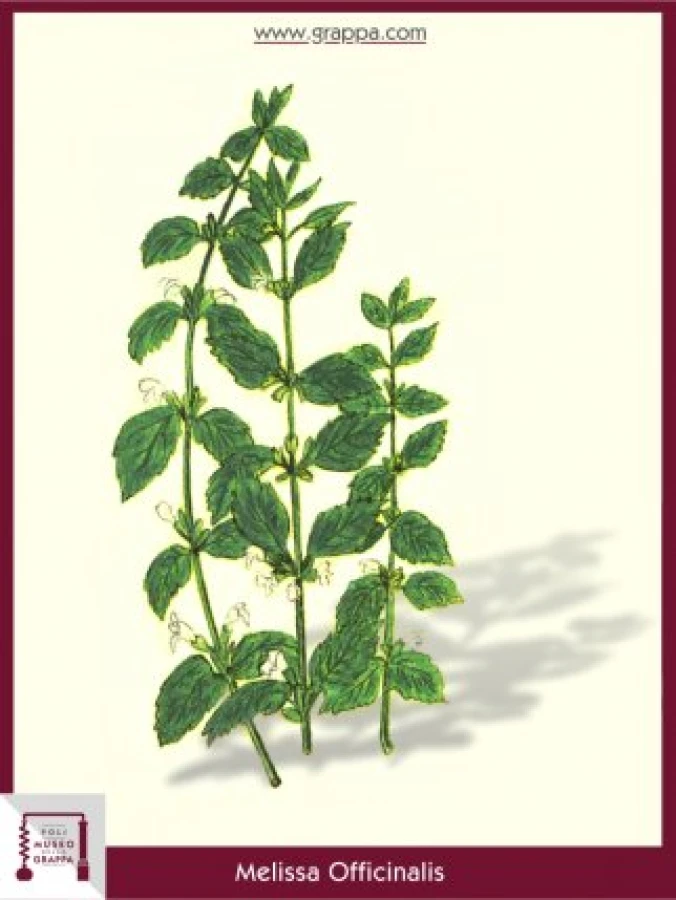The miraculous lemon balm
Lemon Balm
The miraculous lemon balm
Plant:
Lemon Balm
Plant Part:
flower
Plant Properties:
digestive, relieving flatulence, stimulating, stomachic expectorant, tonic, eupeptic, stimulates blood flow, cough-releasing, antispasmodic, spasmolytic
Description:
"It is a very vulgar plant with a good smell because it breathes the scent of Cedar" said Castore Durante of the lemon balm. In fact it is a very widespread plant, which in its appearance is reminiscent of many other plants from the Labiatae family, but from which differs just for the scent given off by the leaves when crushed: hence the common name of the lemon balm.
It was this fragrant and penetrating essential oil content in the leaves that intrigued the ancient physicians and especially the Arab alchemists who prepared "essences" with lemon balm with extraordinary and miraculous healing powers.
"Conferre debilitati cordis", said Mesue, "exhilarates the spirits and expels melancholy", said Avicena, while other authors did not neglect to propagate them as "miracle remedies" that allowed teeth, nails and hairs to regrow and rejuvenated the whole body.
The actual carminative and antispasmodic properties of the plant were made popular in the eighteenth century; this demonstrates the fact that one of the oldest prepared lemon balm, "alcholatum Melissae compositum", prepared by the Discalced Carmelites of Venice, remains still today a popular universal cure-all.
Ingredients:
- 1 liter of Grappa
- some tops of lemon balm
Preparation:
Some tops of Melissa in a liter of Grappa will give us a green moss-colored liquor with a sour taste that is, as in the perfume, reminiscent of lemon.
The plant will be picked up in early summer, because at that time - just before flowering - it is rich in essential oils. Freshly harvested must be left to macerate for a month in a sunny place.


